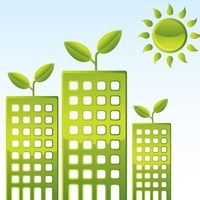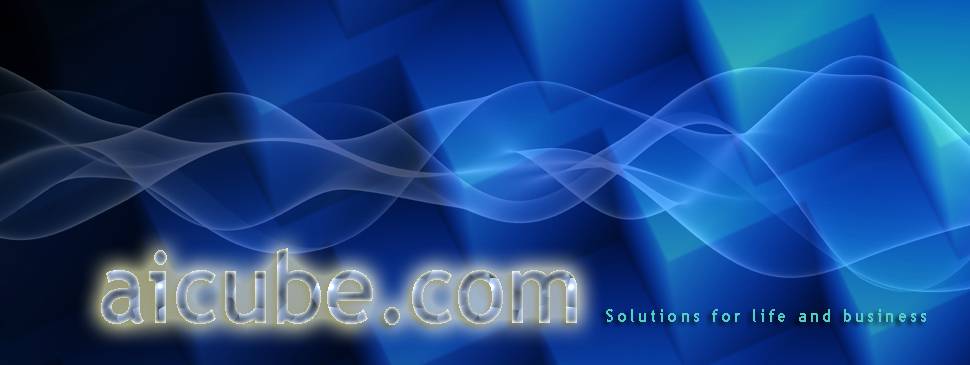 |
Green building can help protect biodiversity in a number of ways—by building smaller and using less energy. According to Richard E. Dover, however, the greenest building is the one that doesn’t get built. New construction usually damages building sites, says Richard E. Dover. In the below interview, Richard E. Dover explains why he prefers not to build and how we can help preserve biodiversity. Aicube: Thank you for joining us today, Mr. Richard E. Dover. Richard E. Dover: It’s my pleasure to be here. |
Aicube: You prefer not to build. Why is that?
Richard E. Dover: Every time we build, we take away from the environment. We also add toxic construction materials to the landfills.
Aicube: What are the main environmental problems we cause the planet?
Richard E. Dover: Air pollution, water pollution, soil erosion, ozone depletion and climate change, though loss of biodiversity is the most permanent.
Aicube: How can we change that?
Richard E. Dover: We can preserve biodiversity directly by protecting and restoring sites rather than building new ones. That’s why Family Pride Corporation works solely with historic structures that are not being used.
Aicube: How do you make your buildings the most eco-friendly possible?
Richard E. Dover: We reuse the energy stored in old buildings. This energy is completely wasted when the structure is destroyed or torn down. We add features such as reflective roofs, solar power, and super high efficiency heat/air systems.
Aicube: Is it cheaper to reuse than to build new?
Richard E. Dover: Yes. The reuse is not only more environmentally friendly, but it’s also less expensive. In addition, it creates more jobs.
Aicube: How does restoration create more jobs than new construction?
Richard E. Dover: Restoring a building takes twice the labor as new construction. It creates more local jobs, which boosts the local economy.
Aicube: Are old buildings very different from new buildings?
Richard E. Dover: Most homes built before 1970 were created with self-sufficiency in mind. This means a larger backyard for organically grown fruits and vegetables, free of chemicals. They are traditionally surrounded by thick, tall trees that provide natural shade, which reduces energy consumption. Older homes were crafted with quality in mind.
Aicube: Why was quality so much more important back then than it is today?
Richard E. Dover: Architects in the past designed homes that were enjoyed by generations to come. These older homes were created to be lived in for an indefinite period.
Aicube: Is it difficult to add modern, energy-efficient features to an old home?
Richard E. Dover: It can be, since we don’t want to compromise the old building’s appearance. We want to keep as much of the original as possible. But it’s possible to add modern amenities while maintaining a building’s original quality.
Aicube: What would you tell someone who is new at this?
Richard E. Dover: I would tell them to plan carefully and to make sure the historic importance and market value of the home are protected.
Aicube: Older homes usually have a certain charm you can’t find in new construction. Why is that?
Richard E. Dover: Many homes built in the 18th, 19th and 20th centuries have unique features unavailable in modern design. They add so much charm, and homebuyers get the chance to enjoy a vintage design without the unnecessary cost of re-creation, therefore saving the environment.
Aicube: It’s seems like a win-win situation for everyone involved.
Richard E. Dover: Absolutely. It’s not that hard to follow through.
Richard E. Dover and Family Pride Corporation have targeted numerous unused properties for redevelopment. Whether for retirement housing, residential use, or commercial redevelopment, Richard E. Dover increases the number of properties rehabilitated annually. Richard E. Dover joined Family Pride in 1993.







Leave Your Response